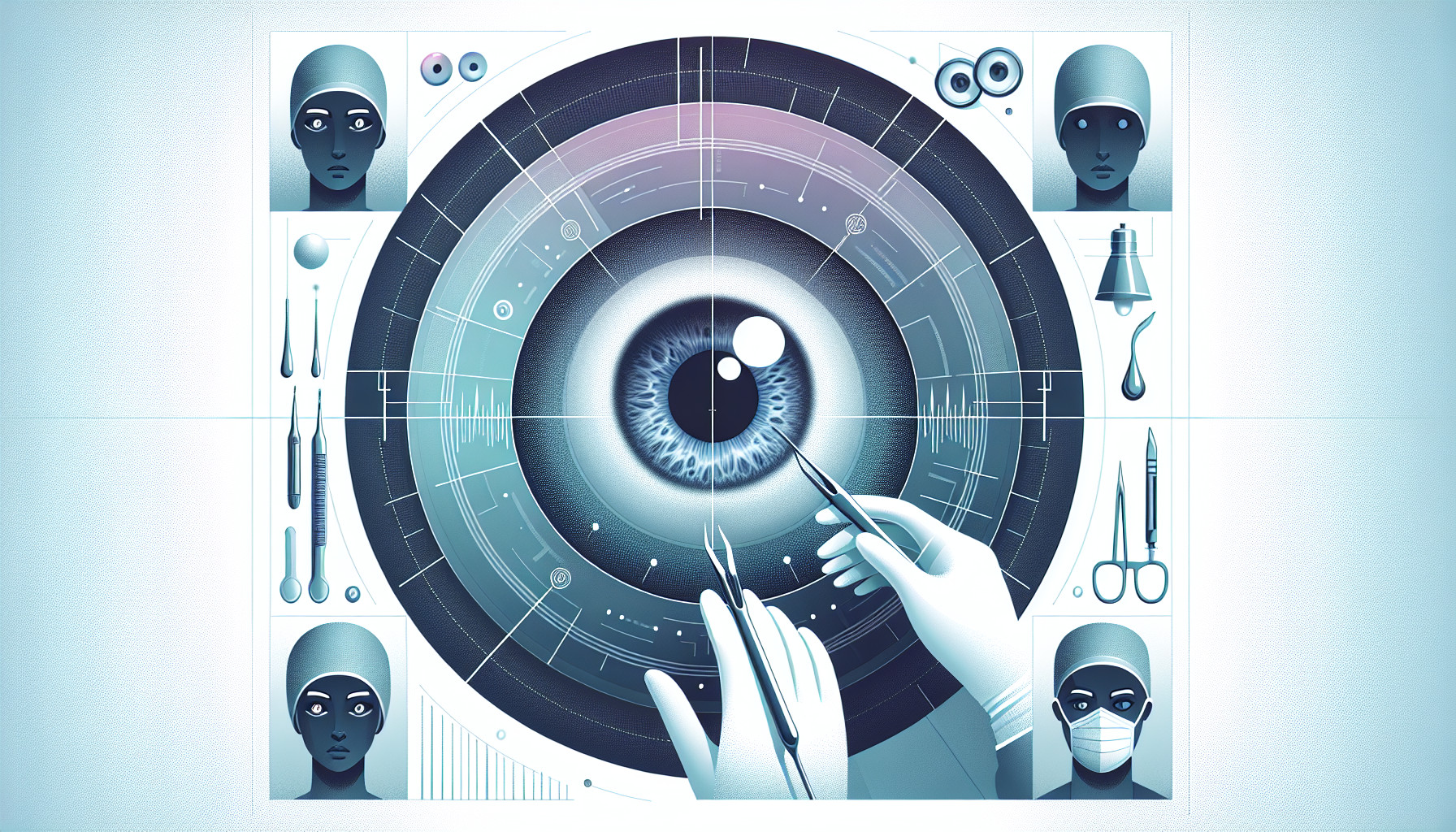Our Summary
This research paper focuses on the central retinal artery (CRA), a key part of the eye that helps supply blood to the retina. The path and characteristics of the CRA have been described in medical literature, but some details are still not clear. To understand these better, the researchers did a detailed study using information from medical databases and dissections of preserved eye sockets.
They looked at various aspects of the CRA like its origin, branches, curves, direction, length, the spot where it enters the protective covering of the optic nerve (which sends visual information from the eye to the brain), and its size.
The study introduced two new areas of research on the CRA: its area and curves. They didn’t just count the number of curves but also measured the angles of these curves using high-quality photos and digital tools to lessen errors. These curves were categorized based on their arrangement within the eye socket.
In addition, they measured the area of the CRA where it enters the protective covering of the optic nerve. These findings could enhance our understanding of the eye’s anatomy, which could be beneficial for eye-related surgeries.
FAQs
- What is the central retinal artery (CRA) and why is it important in eye-related surgeries?
- What new areas of research on the CRA were introduced in the study?
- How did the researchers measure and categorize the curves of the CRA in their study?
Doctor’s Tip
One helpful tip a doctor might tell a patient about retinal surgery is to follow all pre-operative instructions carefully, including any restrictions on food and medication. It is important to have a clear understanding of what to expect during the surgery and the recovery process. It is also crucial to attend all follow-up appointments to monitor healing and address any concerns promptly. Additionally, maintaining good overall eye health through regular check-ups and healthy lifestyle habits can help support the success of retinal surgery.
Suitable For
Patients who may be recommended for retinal surgery include those with conditions such as retinal detachment, macular holes, epiretinal membranes, diabetic retinopathy, retinal vein occlusion, and other retinal disorders that require surgical intervention to preserve or improve vision. These surgeries aim to reattach the retina, remove scar tissue, repair damaged blood vessels, or address other issues affecting the retina and surrounding structures. Additionally, patients with certain eye injuries or complications from previous eye surgeries may also be candidates for retinal surgery. It is important for patients to consult with an ophthalmologist or retinal specialist to determine the most appropriate treatment plan for their specific condition.
Timeline
Before retinal surgery, a patient may experience symptoms such as blurred vision, floaters, flashes of light, or a sudden loss of vision. They would typically undergo a comprehensive eye exam, including imaging tests like optical coherence tomography (OCT) to assess the condition of the retina.
After retinal surgery, the patient may experience some discomfort, redness, or swelling in the eye. They would need to follow post-operative care instructions, which may include using eye drops, wearing an eye patch, and avoiding strenuous activities. The patient would have follow-up appointments with their eye surgeon to monitor their recovery and ensure the success of the surgery. Over time, the patient’s vision may improve as the retina heals, but it could take weeks or even months for full recovery.
What to Ask Your Doctor
- What specific type of retinal surgery do I need, and why is it necessary?
- What are the potential risks and complications associated with the surgery?
- How experienced are you in performing this type of retinal surgery?
- What is the success rate of this surgery, and what outcomes can I expect?
- What is the recovery process like, and how long will it take for me to fully recover?
- Will I need any follow-up appointments or additional treatments after the surgery?
- Are there any alternative treatments or procedures that I should consider?
- How can I best prepare for the surgery, both physically and mentally?
- Are there any lifestyle changes or precautions I should take after the surgery to protect my eye health?
- Can you explain in detail the anatomy of my eye and how the surgery will impact it?
Reference
Authors: Baldoncini M, Campero A, Moran G, Avendaño M, Hinojosa-Martínez P, Cimmino M, Buosi P, Forlizzi V, Chuang J, Gargurevich B. Journal: World Neurosurg. 2019 Oct;130:e172-e187. doi: 10.1016/j.wneu.2019.06.026. Epub 2019 Jun 25. PMID: 31252082
